1. The Desert of Maine’s Failed Camel Park
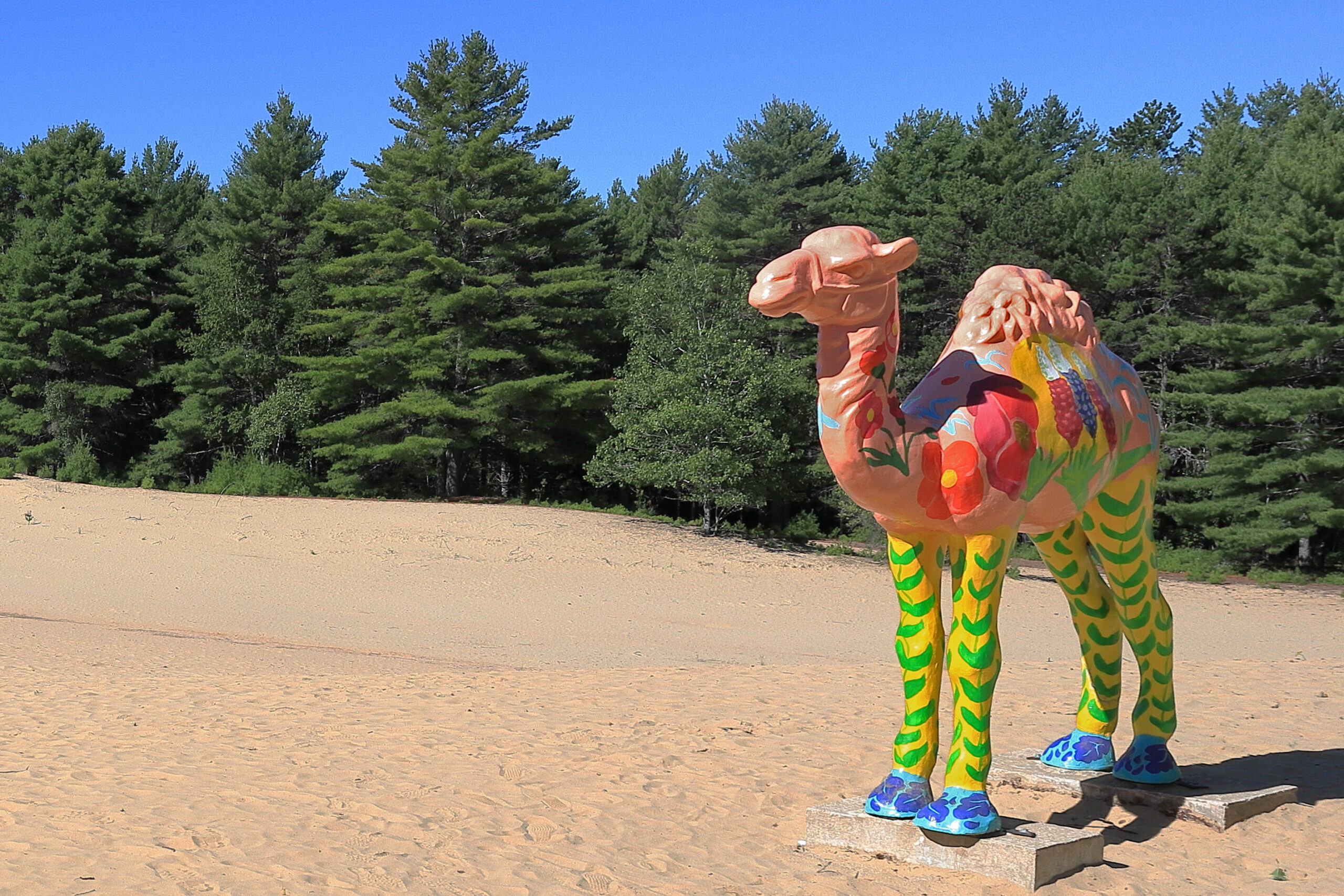
You’d think a sandy stretch in Maine would be enough of an oddity, but someone decided to add camels to the mix. In the 1950s, the Desert of Maine briefly hosted a “camel park” to give the attraction an exotic flair, but the animals didn’t love the climate, and neither did visitors says 94.3 WCYY.
The idea fizzled out fast, and the camels were eventually sent packing. The desert itself still draws in the curious, but the camel sideshow is now a quirky footnote in its history. Locals still laugh about the time someone tried to make Maine feel like Morocco. It turns out you can’t outdo nature’s own weirdness adds National Geographic.
2. Dinosaur World in Beaver, Arkansas
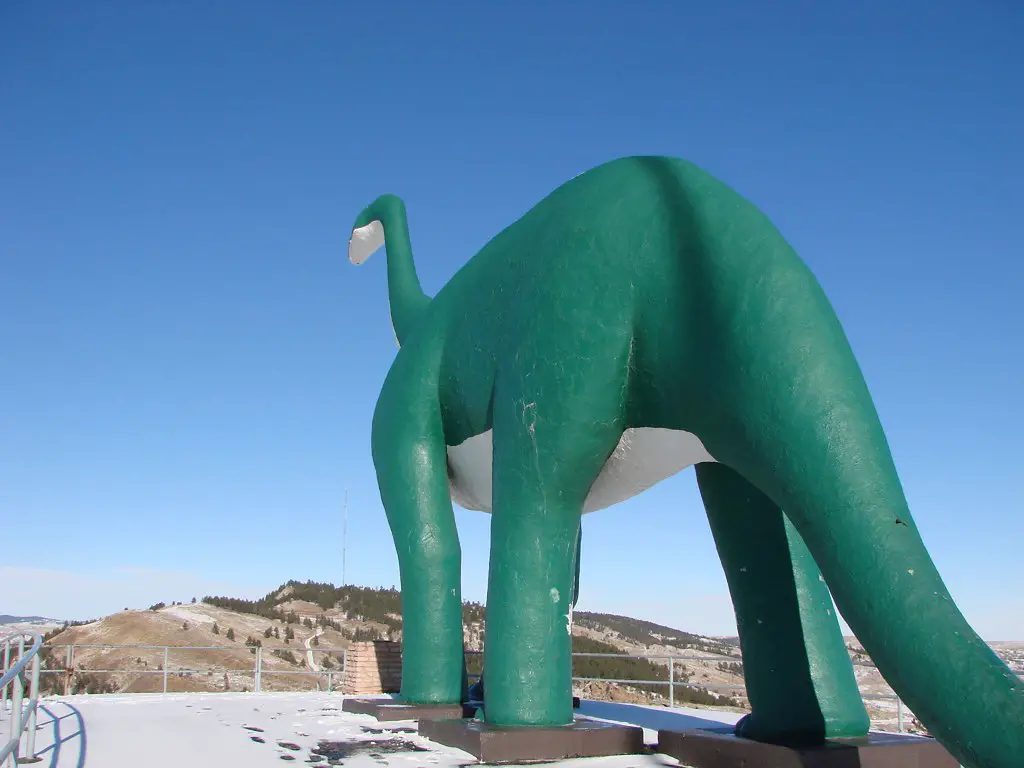
Built with dreams as big as a T. rex, Dinosaur World opened in the late ’60s and was meant to rival anything you’d see in Jurassic Park. Dozens of massive concrete dinosaurs were scattered throughout the Ozark woods, with plans for a full-fledged theme park to follow shares Only In Your State.
But funding fell short, and interest dwindled. By the 2000s, the park had become a moss-covered relic. The dinosaurs, weather-worn and overgrown, became local legends more for their eeriness than excitement. Today, it’s a ghostly reminder that not every big idea stomps into success says the Weather Channel.
3. The Thing in Arizona

Half attraction, half mystery, “The Thing” off I-10 in Arizona was supposed to be a roadside phenomenon that sparked curiosity and drew in families by the carload. Advertised with countless billboards, the anticipation often outweighed the payoff.
When visitors arrived, they were greeted with a hodgepodge museum that led to a mummy-like figure under glass. It was creepy, sure, but many folks left scratching their heads. Was that it? Despite being a commercial effort, it became famous more for being famously underwhelming.
4. Holy Land USA in Connecticut
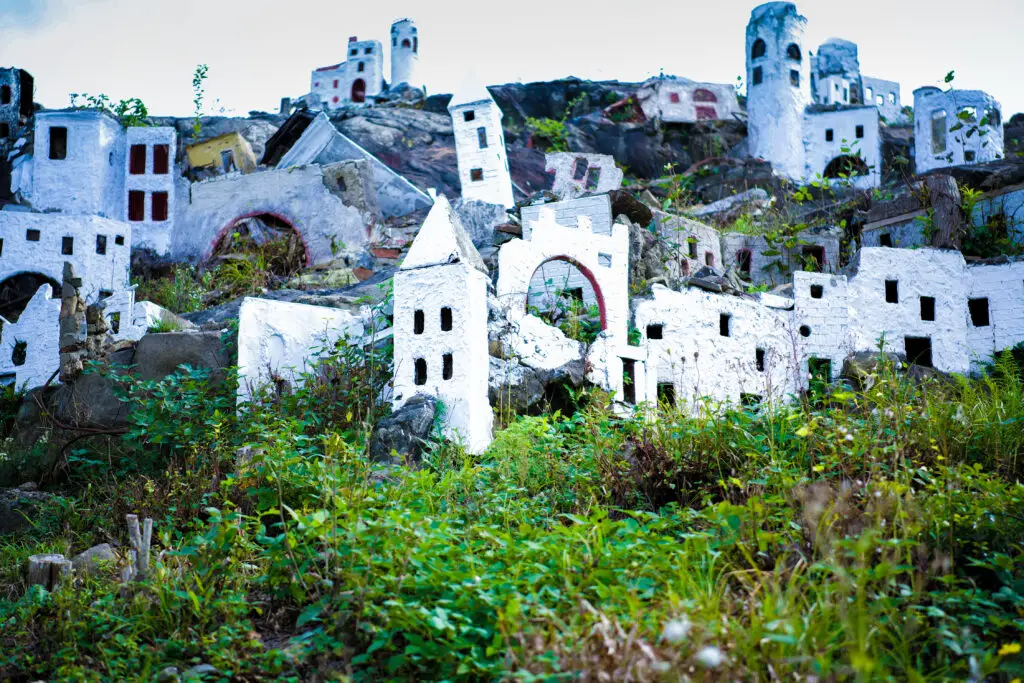
Holy Land USA in Waterbury was supposed to be a massive biblical theme park, complete with mini-replicas of Bethlehem and Jerusalem. In the ’60s and ’70s, it drew in thousands hoping for a spiritual journey without leaving New England.
But it never got the funding it needed to become a full-fledged park. By the ’80s, it had fallen into disrepair. Statues crumbled, signs faded, and nature slowly took back the land. It’s been the site of multiple failed attempts at revival, but it remains more ghost town than holy ground.
5. Chief Crazy Horse Monument in South Dakota
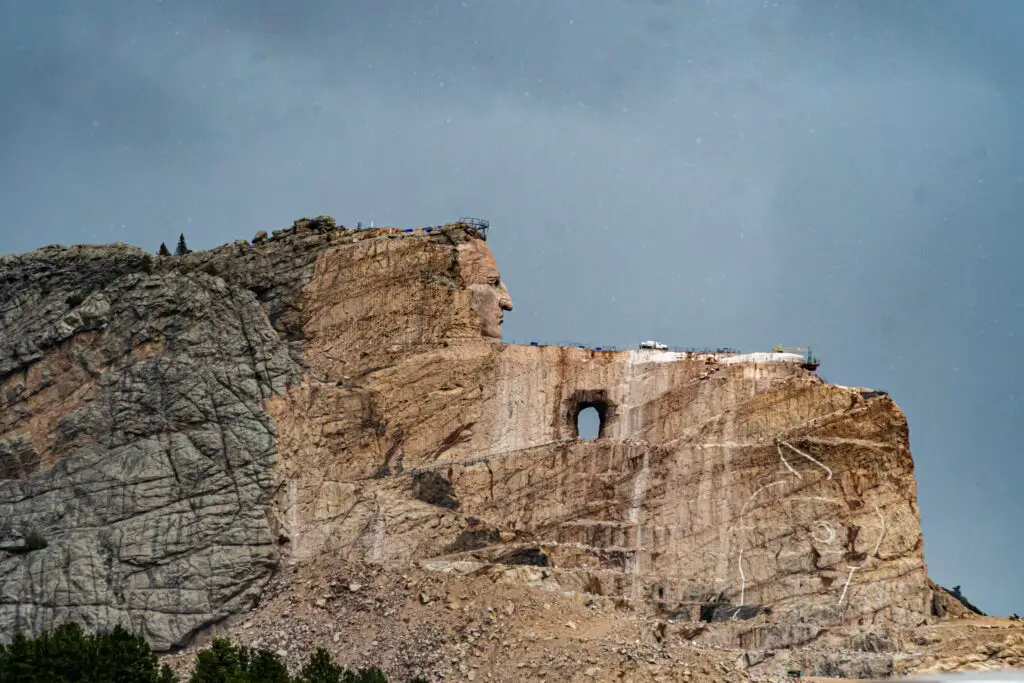
While Mount Rushmore gets all the attention, nearby lies the still-unfinished Crazy Horse Monument, which began construction in 1948. The plan was grand—carve an entire mountain into a tribute to the Lakota warrior.
But decades later, only the face is complete. Funding woes and disputes over direction stalled progress. While it’s still technically under construction, many have lost hope that it will ever be finished. What was meant to outshine Rushmore now serves as a symbol of ambition meeting bureaucracy.
6. Enchanted Forest in Rhode Island
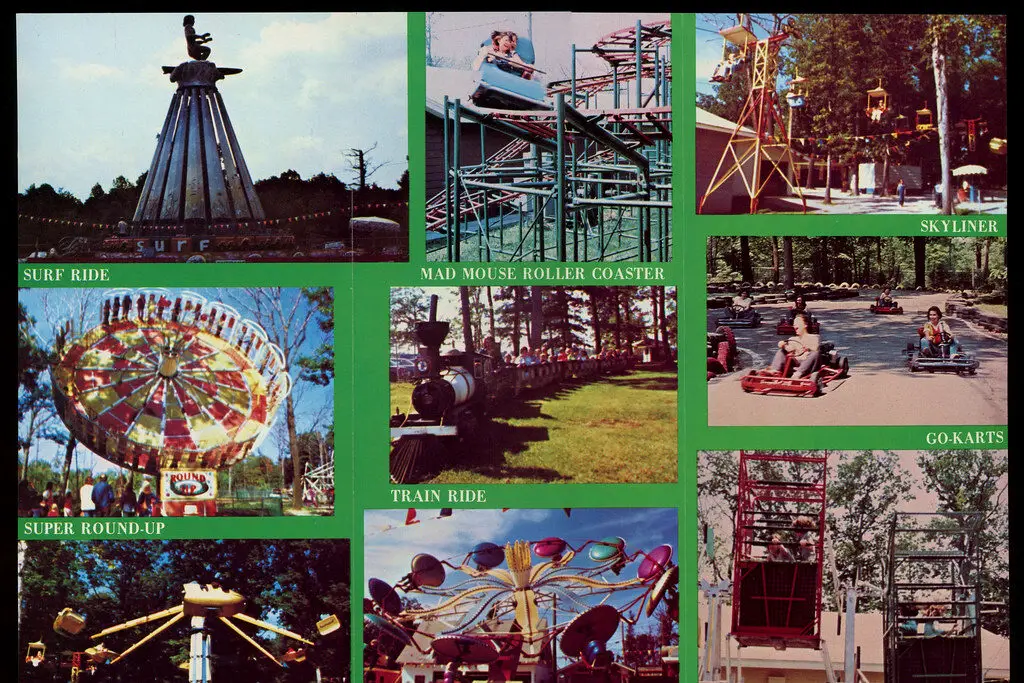
This fairytale-themed park opened in the ’70s with dreams of being a New England Disneyland. With castles, dragons, and storybook characters, it was supposed to whisk kids into a world of wonder.
But the magic didn’t last. The park closed in the ’90s after struggling with upkeep and low attendance. What remains is a haunting collection of rotting figurines and broken rides. It feels more like a horror movie set than a magical kingdom today.
7. UFO Welcome Center in South Carolina
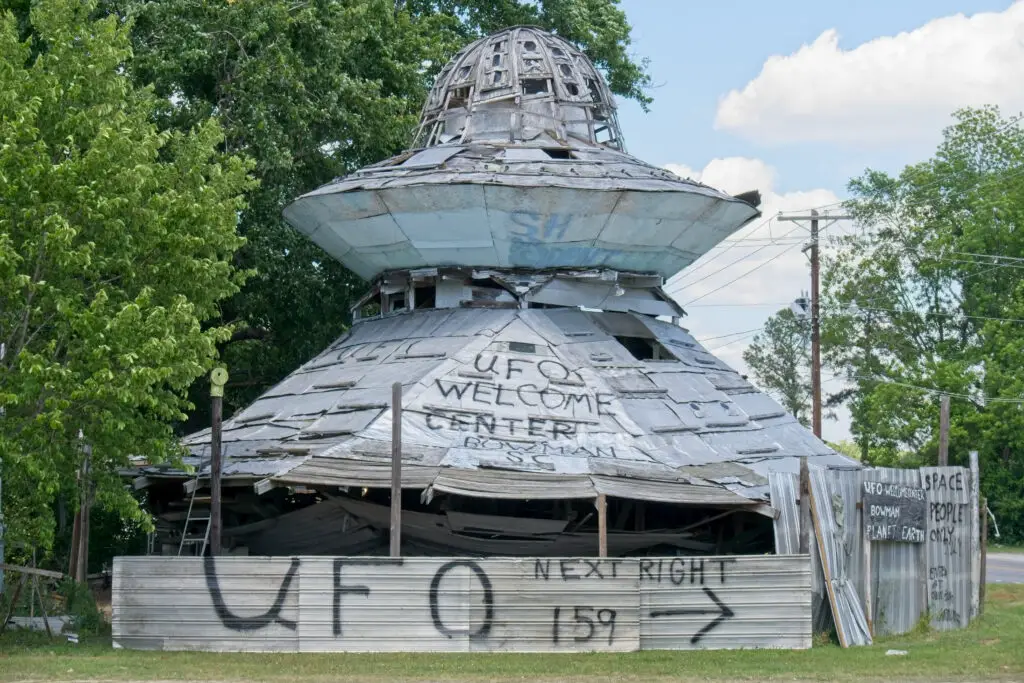
A man named Jody Pendarvis built the UFO Welcome Center in Bowman out of scrap metal and wood, hoping to attract extraterrestrial visitors. The homemade spacecraft, complete with air conditioning and beds, was built to be the first stop for aliens visiting Earth.
While it did become a roadside curiosity, it never quite launched into fame. Most people who stop by are more baffled than impressed. The rickety structure has drawn more laughs than awe, and aliens have yet to RSVP. Still, Jody keeps the welcome mat out.
8. Xanadu House in Florida
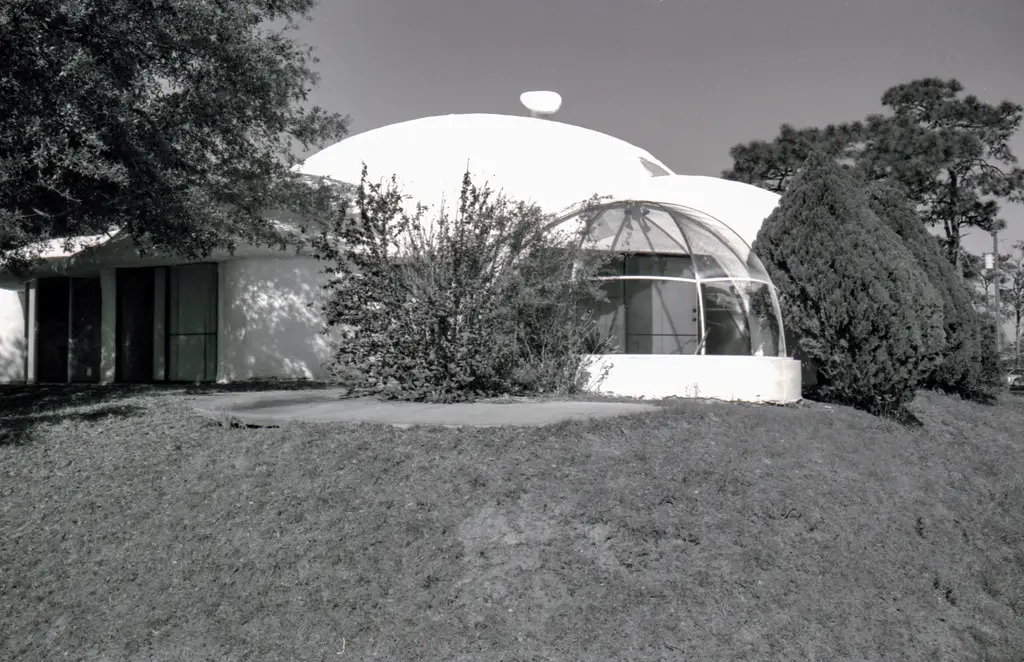
In the ’80s, the Xanadu House in Kissimmee was marketed as the “home of the future,” featuring computer-controlled climate and furniture made of foam. It looked like a giant marshmallow and drew in tech-lovers and tourists alike.
But the future came fast—and passed it by. Within a decade, the house looked hopelessly outdated. New technology made its innovations laughable. It was eventually demolished, leaving only fuzzy memories and grainy tourist photos behind.
9. Spreepark in California (Not That One)
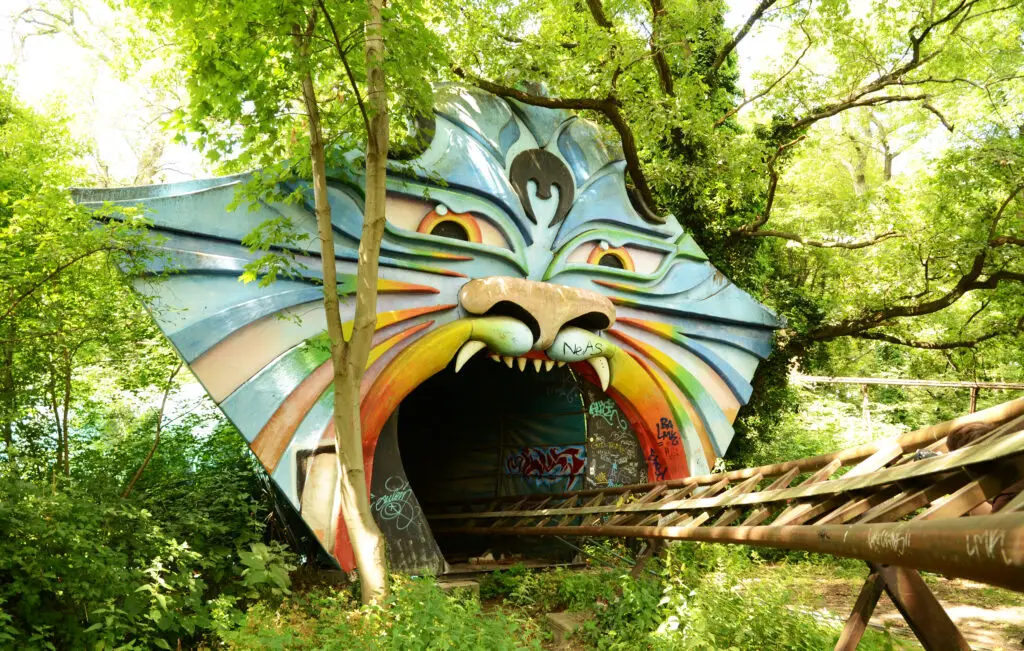
Many confuse this with the Berlin park, but there was a brief attempt to bring Spreepark to the U.S. The plan was to make it a massive amusement park in the California desert, with German-themed rides and attractions.
But everything about the deal was sketchy. Funding dried up, permits were a mess, and the land sat empty. Locals still talk about the time someone tried to build Oktoberfest in the middle of nowhere. All that remains are a few concrete footings and broken dreams.
10. Bishop Castle in Colorado

Started as a simple stone cottage, Bishop Castle turned into a sprawling, hand-built fortress by one man with big dreams. Jim Bishop worked on it for decades, adding towers, bridges, and even a fire-breathing dragon.
But safety issues and zoning disputes kept it from becoming a true tourist draw. Visitors came, sure, but many were too nervous to climb the wobbly towers. It’s still standing, a towering monument to one man’s stubborn ambition. But it never quite became the fairytale destination he hoped for.
11. World’s Largest Teapot in West Virginia
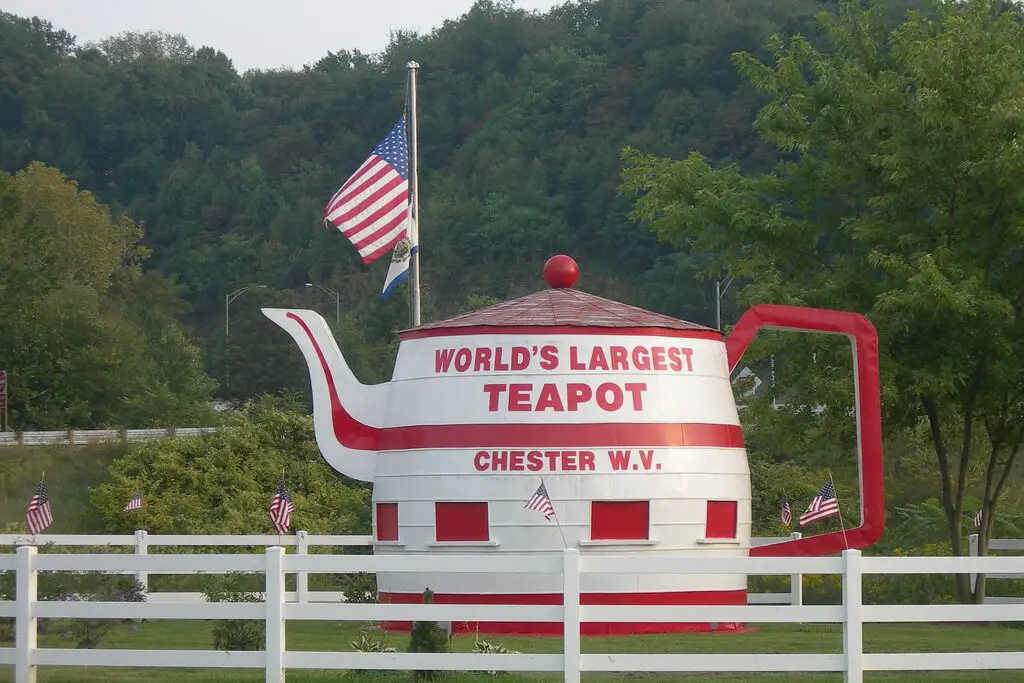
Chester, West Virginia built the World’s Largest Teapot in the hopes it would become a quirky photo stop and boost local tourism. Standing over 12 feet tall, it certainly made a splash—for a while.
But after the initial buzz wore off, visitors stopped coming. The teapot sat there, looking more like a forgotten prop than a celebrated landmark. Maintenance lagged, and its charm wore thin. It’s still there, but mostly for nostalgia now.
12. Casa Bonita in Lakewood, Colorado
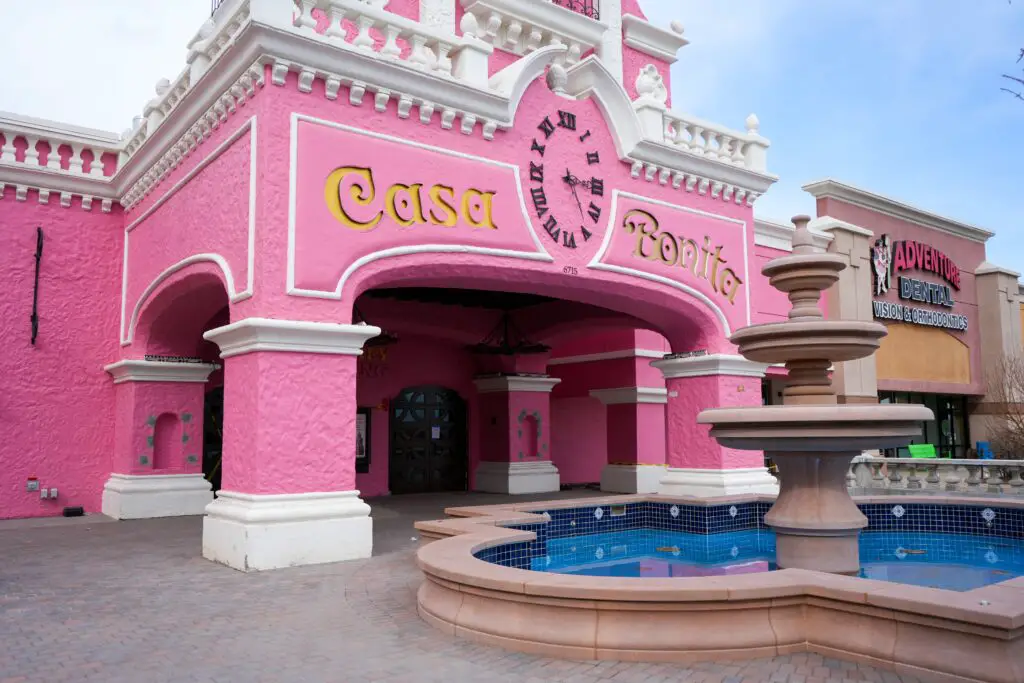
While it had a cult following thanks to South Park, Casa Bonita was originally intended to be a massive dining and entertainment empire. With cliff divers, caves, and puppet shows, it aimed to be more than just a Mexican restaurant.
But over time, the food quality dropped and upkeep lagged. It became famous more for its weirdness than its wonder. Recent efforts have tried to revive it, but for years it stood as an example of theme dining that got stuck in time.
13. The Corn Palace in South Dakota
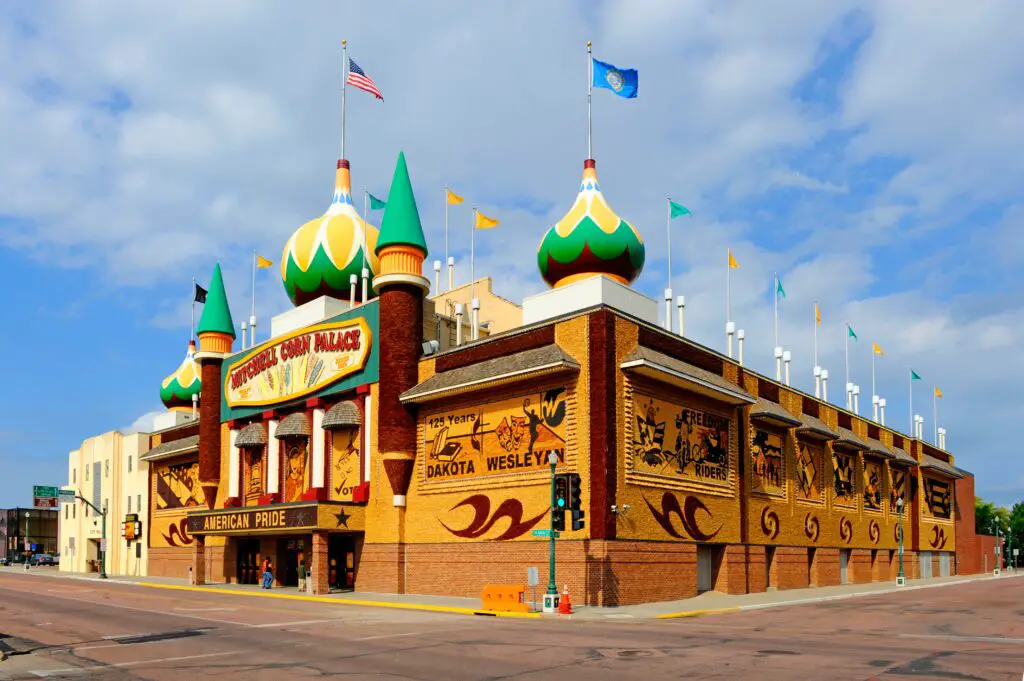
Decorated with thousands of ears of corn, the Corn Palace was supposed to be a yearly tourist draw celebrating agriculture and local creativity. Each year, a new mural was crafted from corn and grains, turning the building into a living art installation.
But despite the effort, attendance steadily dropped. Critics called it corny—literally and figuratively. It still exists and locals are proud, but its peak as a major roadside stop has passed. These days, it’s more niche novelty than national treasure.
